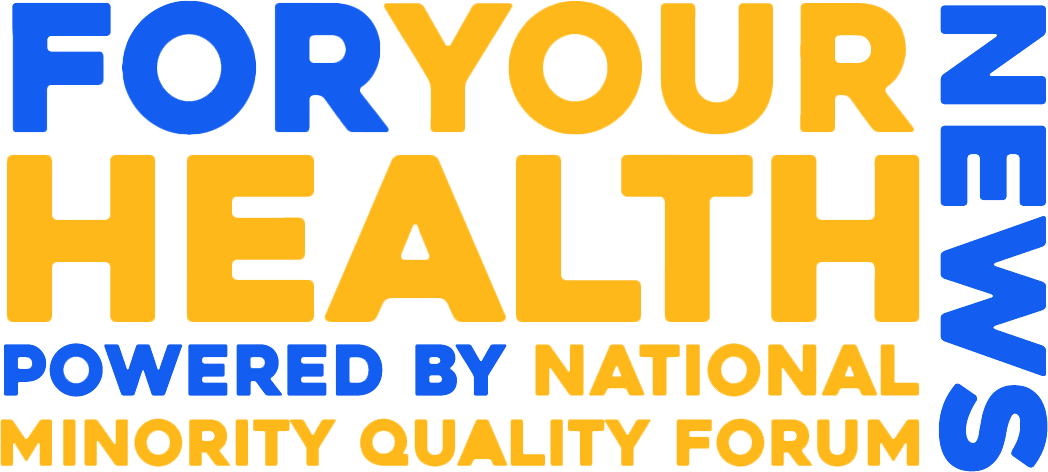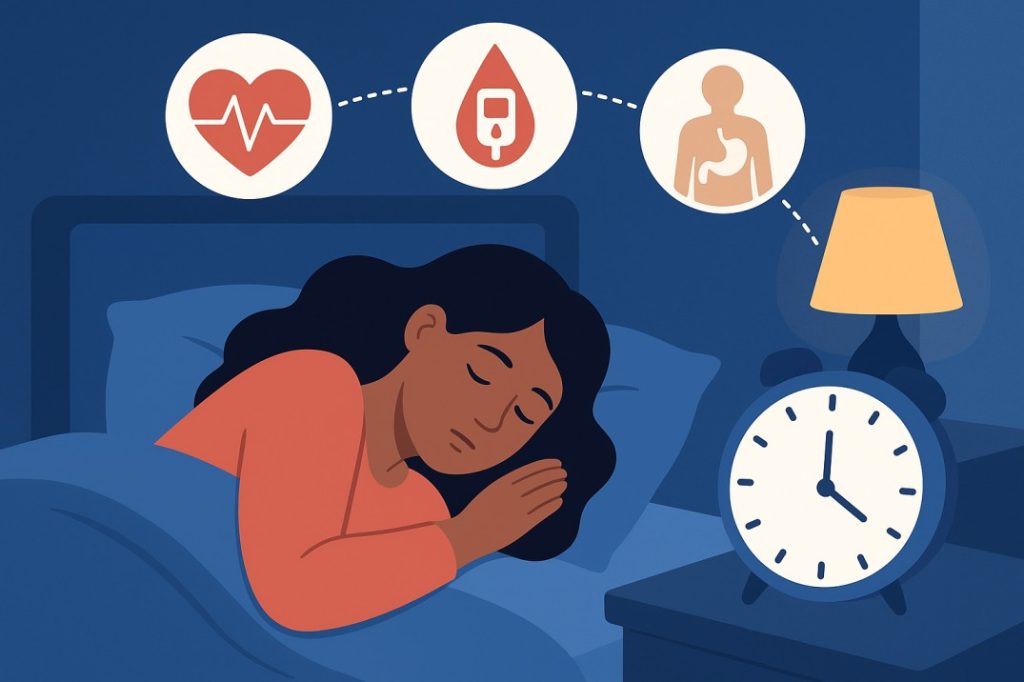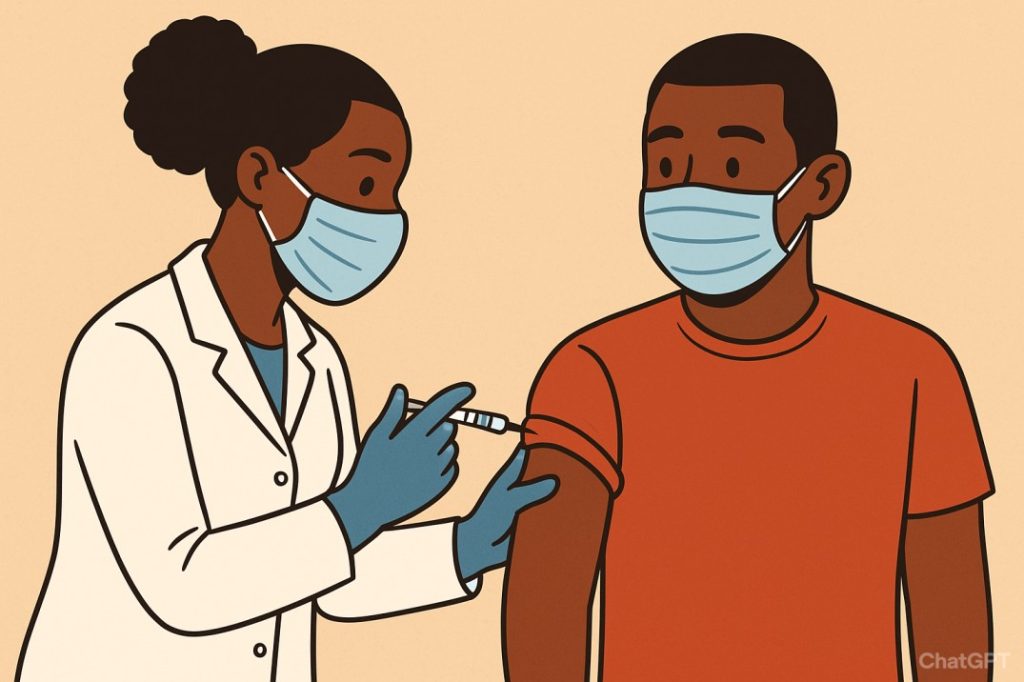National Center for Biotechnology Information
Risk of Incident Asthma among Young Asian American, Native Hawaiian, and Pacific Islander Children from Age 3 to 7 years in a Northern California H...
doi: 10.1016/j.jpeds.2023.113802.
Online ahead of print.
Affiliations
Expand
...
The Role of Social Support and Acculturation Factors on Postpartum Mental Health Among Latinas in the MADRES Pregnancy Cohort
We examined the associations between social support and postpartum mental health in 137 U.S. and foreign-born Latinas in the MADRES pregnancy cohor...
A Decision Tree Analysis on Symptom Experience of Asian American Breast Cancer Survivors
Background:
Mainly due to their cultural attitudes toward symptoms and breast cancer, Asian American breast cancer survivors tend to...
"Sorry for laughing, but it's scary": humor and silence in discussions of Colorectal Cancer with Urban American Indians
Background:
Given high rates of cancer mortality in Native communities, we examined how urban American Indian and Alaska Native elde...
I kua na'u "Let me carry out your last wishes" Clinical trial protocol to promote advance care planning among native Hawaiian populations
doi: 10.1016/j.cct.2023.107365.
Online ahead of print.
Lisa Quintiliani
1
, Mart...
Peer Support to Enhance Type 2 Diabetes Prevention Among African American and Latino Adults
Review
Endocrinol Metab Clin North Am
. 2023 Dec;52(4):573-583.
doi: 10.1016/j.ecl.2023.05.012.
E...
Trending Topics
Features
- Drive Toolkit
Download and distribute powerful vaccination QI resources for your community.
- Health Champions
Sign up now to support health equity and sustainable health outcomes in your community.
- Cancer Early Detection
MCED tests use a simple blood draw to screen for many kinds of cancer at once.
- PR
FYHN is a bridge connecting health information providers to BIPOC communities in a trusted environment.
- Medicare
Discover an honest look at our Medicare system.
- Alliance for Representative Clinical Trials
ARC was launched to create a network of community clinicians to diversify and bring clinical trials to communities of color and other communities that have been underrepresented.
- Reducing Patient Risk
The single most important purpose of our healthcare system is to reduce patient risk for an acute event.




















